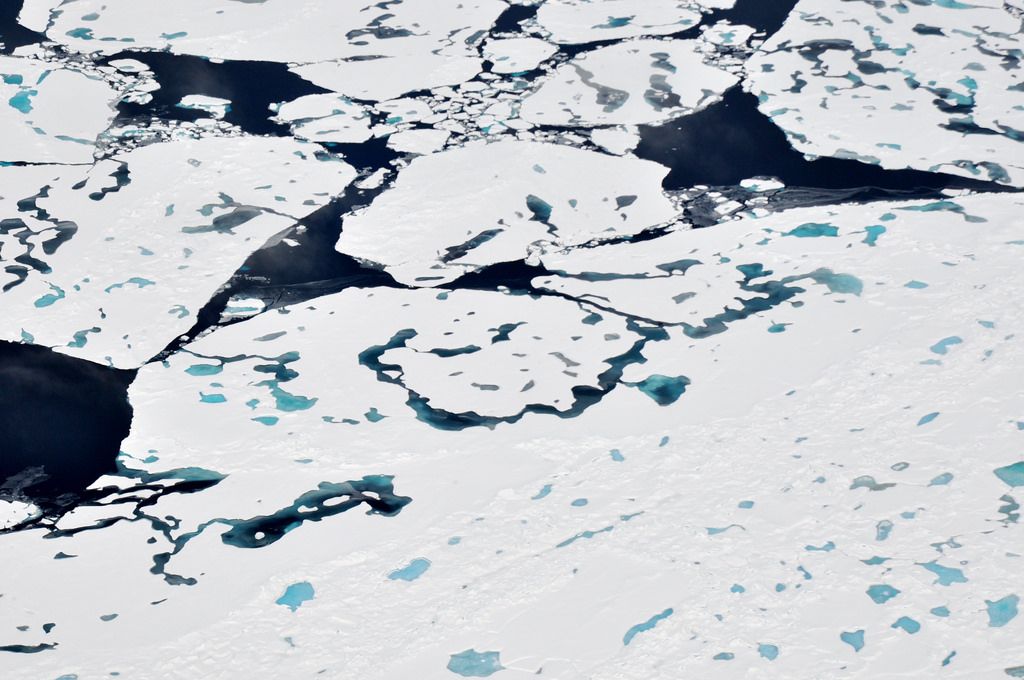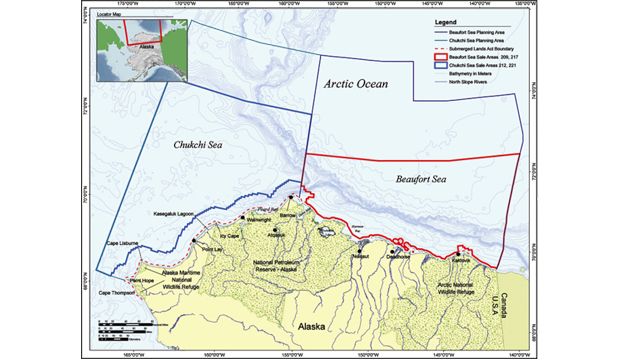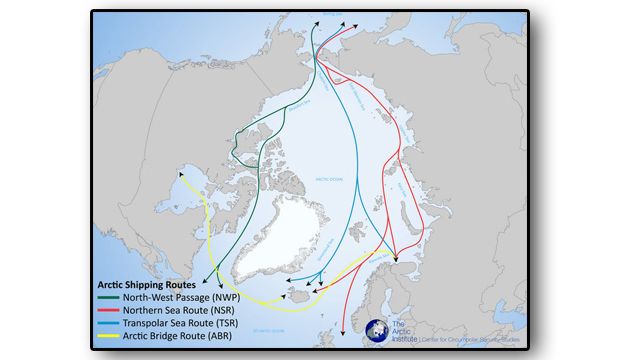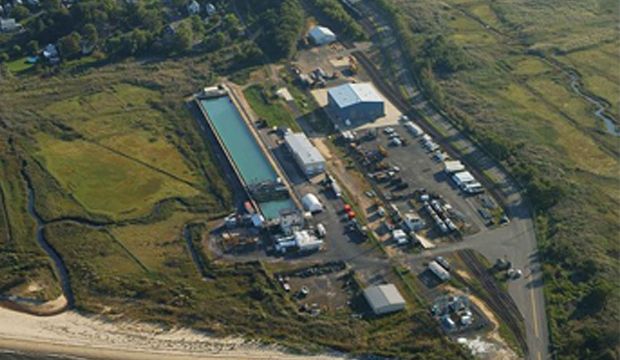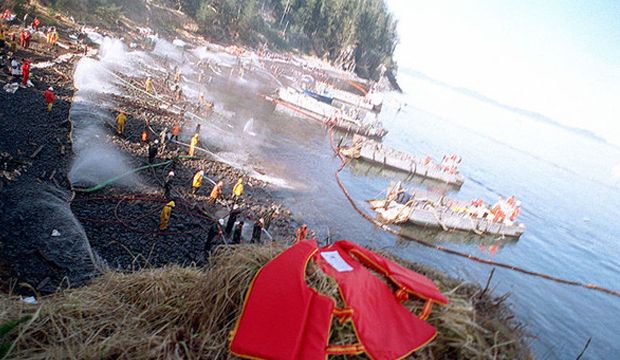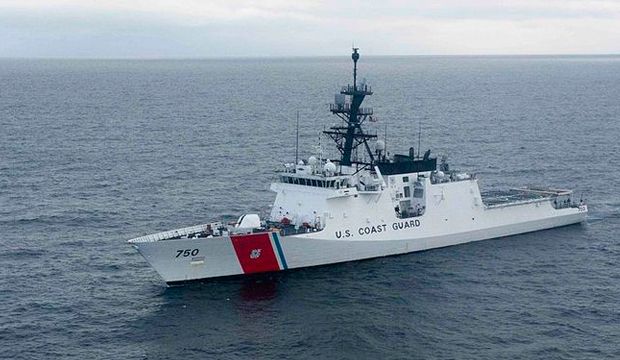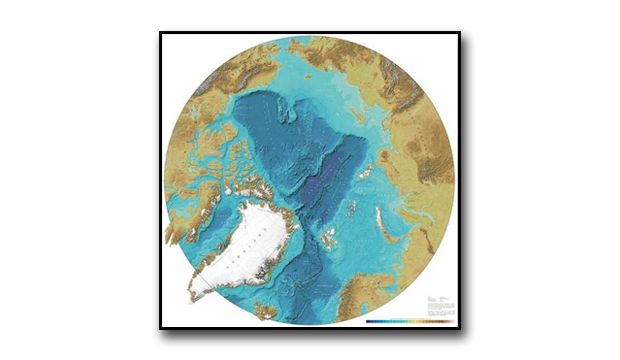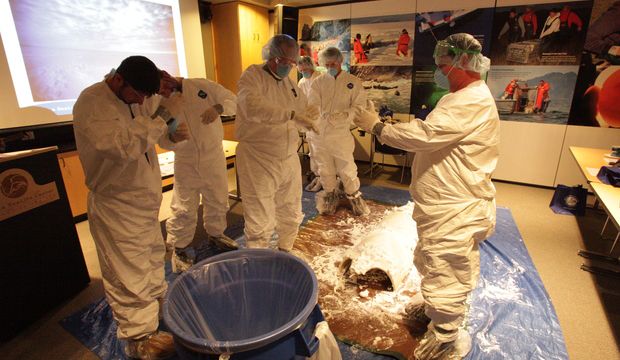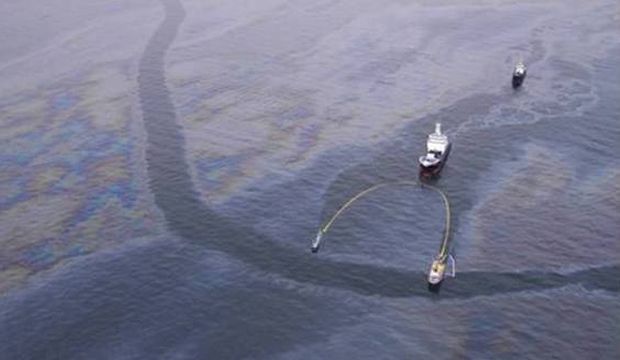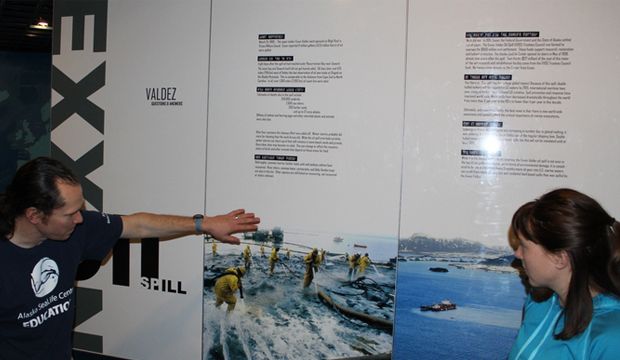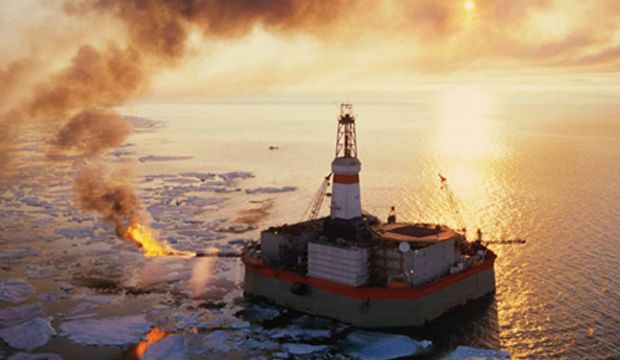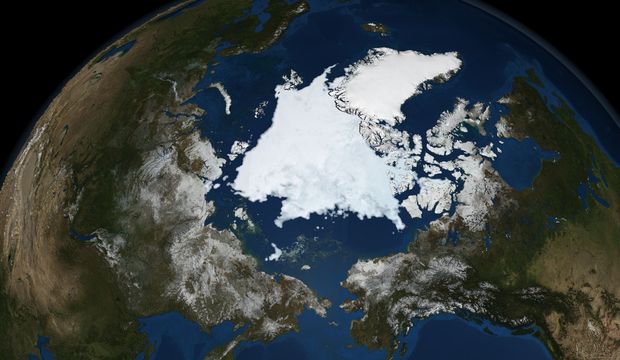WHAT IS THE ROLE OF RESEARCH IN PREPARATION AND RESPONSE TO AN OIL SPILL?
Understanding the dynamics of an oil spill and the environment in which it occurs is essential to an effective response and recovery. Oil spill preparedness has come a long way since the 1989 Exxon Valdez oil spill. For example, after the Exxon Valdez spill, the use of double-hulled tankers became mandatory. To better anticipate and understand the effects of oil spills, the Exxon Valdez incident also highlighted the importance of baseline data for shoreline and wildlife conditions. Before 1989, no one could really describe “normal” conditions and trends in the Gulf of Alaska. Some impacts of the spill were easy to see; for example, when megafauna were covered in oil. However, no one was sure how the longer-term systems of the local marine area were impacted by the Valdez spill. And, therefore, no one was sure what needed to be restored, how, and on what timeline. The baseline studies of the past 20 years will help us understand what needs to be protected and/or restored in the case of any future emergencies in the Gulf of Alaska. Baseline studies also help researchers to watch for important indicators of change in the environment. Another significant and positive legacy of the 1989 spill is the concept of describing ecosystems. Researchers no longer study a species without trying to understand the factors impacting that species, as well as the ways in which that species impacts the rest of the system. Despite these advances, research specific to the Arctic is a relatively recent and growing field. We do not know exactly how such an environmental disaster will affect the Arctic region or how effective response and clean up will be.
The Arctic is a challenging environment. Extreme weather (including cold and low visibility), unpredictable ice, and extreme remoteness are all factors researchers need to consider in preparing for Arctic oil spills. How will oil interact with new ice, old ice, drift ice, pack ice, snow, or cold temperatures? Not only are these tough conditions to work in directly, they are tough conditions to mimic in laboratory settings.
In addition to the challenges of drilling in an extreme climate, researchers also have to grapple with an Arctic region changing more rapidly due to climate change. A 2011 report by the USGS about developing oil in the Arctic Outer Continental Shelf (OCS) expressed the difficulties of preparing for oil spills in light of a lack of information on Arctic conditions and climate change. (Look at the summary of this report linked in the resources.)
The volume of research projects that have been and are being conducted by government agencies, non-governmental organizations, universities, and industry provides a wealth of information. The next four lessons (2.3, 2.4, 2.5, and 2.7) provide many resources to guide you through some of the research from governments (national and international), NGOs, and industry.
As the Arctic opens up to drilling and transportation, maintaining the health of the ecosystem will require research into specific cleanup technologies, prevention strategies, and response drills for Arctic conditions. Additionally, researchers will need to pursue a greater understanding of the Arctic including its people and wildlife. The magnitude of research projects already happening and proposals for future studies show a commitment to and value of the Arctic.
PHOTO CREDIT: NASA/Kathryn Hansen: Two crew members from the USCGC Healy on the Arctic Ocean during NASA’s ICESCAPE mission, which is investigating “Impacts of Climate on Ecosystems and Chemistry of the Arctic Pacific Environment.” (July 12, 2011)
